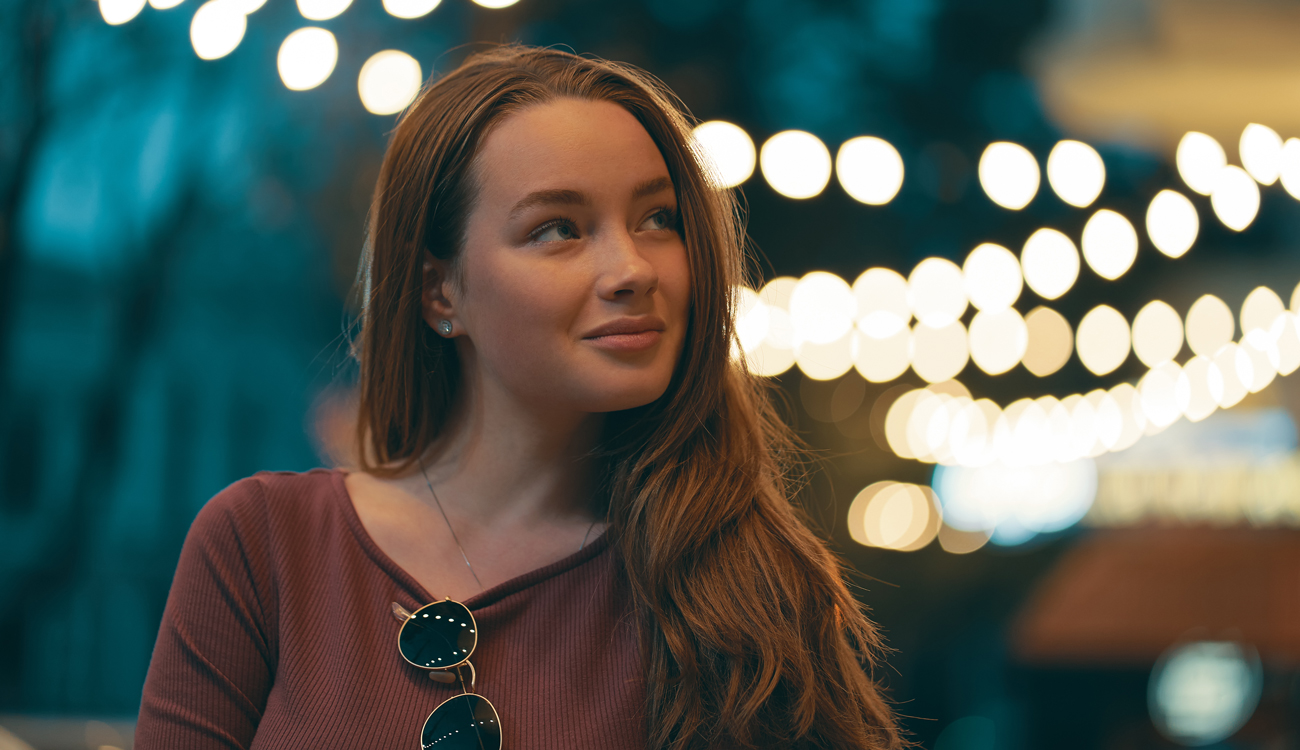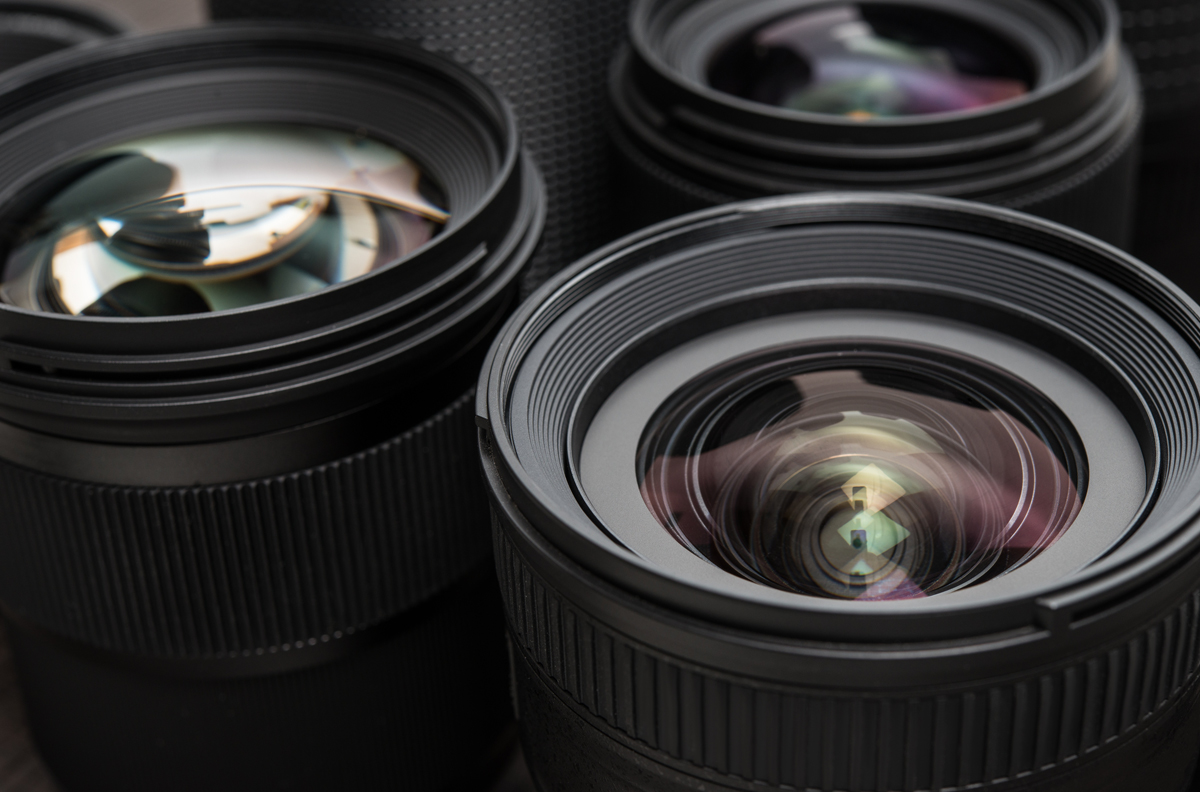A photography journey can be as exhilarating as it is daunting, especially when selecting the right equipment. The camera lens is among the most crucial choices for any photographer, whether amateur or professional. This guide will help demystify the various types of camera lenses and help beginners make informed choices that suit their photographic needs.
It's essential to choose lenses compatible with various cameras, including both DSLR and mirrorless models, to ensure the best performance and versatility for your photography needs.
Understanding the Basics of Camera Lenses
A camera lens is more than just a piece of glass; it’s your window to the world through photography. Lenses influence everything from composition to the final image’s exposure. Two key terms you’ll frequently encounter are ‘focal length’ and ‘aperture’:
-
Focal Length: Measured in millimeters, focal length tells you how zoomed in your photos will be. Understanding different focal lengths, such as 24mm, 35mm, 50mm, and so on, is crucial. They offer varying perspectives, from more expansive fields of view ideal for landscapes to narrower ones perfect for wildlife photography. Different focal lengths also play a significant role in the capture scene's look and exposure adjustments.
-
Aperture: This refers to the size of the lens opening, allowing light to hit the camera sensor. Aperture is expressed in f-numbers like f/1.4, f/2.8, etc. The maximum aperture of a lens is a key factor in determining its speed and how much light it can let in, which is crucial for low light situations and achieving a shallow depth of field. The choice of aperture also involves a trade-off between the amount of light entering the lens and the lens's size and weight.
Exploring Types of Camera Lenses and Their Uses
Different photographic scenarios call for different lenses. Here’s a rundown of the most common types and what they’re best suited for:
-
Wide-Angle Lenses: These lenses have a short focal length and a broad field of view, making them perfect for capturing expansive landscapes or architectural details. They allow photographers to get more of the scene into the frame without stepping back.
-
Macro Lenses: If you’re fascinated by the tiny details in insects, flowers, or even textures, a macro lens is for you. These lenses allow extreme close-ups with sharp detailing of small subjects.
-
Telephoto Lenses: Ideal for sports and wildlife photography, telephoto lenses have longer focal lengths that help you capture distant subjects as if they were right in front of you. These lenses can also compress space, making them great for portraits as they beautifully blur the background.
-
Zoom Lenses: Known for their inherent versatility, zoom lenses offer the convenience of multiple focal lengths in a single lens. This feature is invaluable for photographers who need to switch between wide shots and close-ups without changing lenses quickly. Additionally, many zoom lenses come with vibration reduction (VR) technology, making them ideal for capturing sharp images at high magnifications or in low light conditions.
-
Standard Lenses: With a focal length between 35mm and 50mm, these lenses mimic the natural perspective of the human eye. They are versatile and excellent for everyday photography, from street scenes to portraits.

Choosing the right focal length and aperture is crucial, depending on your photography style. Wide apertures (lower f-numbers) not only allow more light into the lens but also create a shallow depth of field, which beautifully blurs the background and focuses sharply on the subject. This effect is often sought after in portrait photography. On the other hand, a smaller aperture (higher f-number) provides a greater depth of field, which is ideal for landscape photography, where you want everything from the foreground to the background in sharp focus. The correct choice of focal length and aperture significantly affects the quality of images, emphasizing the role of lenses, whether mirrorless or DSLR, in achieving high-quality photographs with features like vibration reduction and compatibility with various camera models.
Tips on Shopping for Camera Lenses: New vs. Used
When shopping for lenses, consider both new and used options. New lenses come with the latest technology and warranty protection but used camera lenses can be of great value, offering lower prices without compromising quality. Samy’s Camera offers certified pre-owned lenses that are inspected and guaranteed to work like new, which can be an excellent way to save money while expanding your gear.
Conclusion: Matching the Lens to Your Photography Needs
Choosing the right lens can dramatically improve your photography and allow you to express your creative vision fully. Consider what types of photography you are most interested in, and choose a lens that complements your style and subject matter. Lenses are an investment, so consider starting with versatile options and expanding your collection as your skills and interests evolve.
By understanding the basics of how lenses work and the different types available, you’ll be better equipped to choose lenses that enhance your ability to capture the world around you in photographs. Whether you opt for new or used camera lenses, the right tools will help you achieve the clarity, detail, and artistic effects you desire in your photography. Samy’s Camera will help you understand the lens features, quality, and pricing for the right lens. Samy’s Camera carries all major brands and has many of them in stock.






